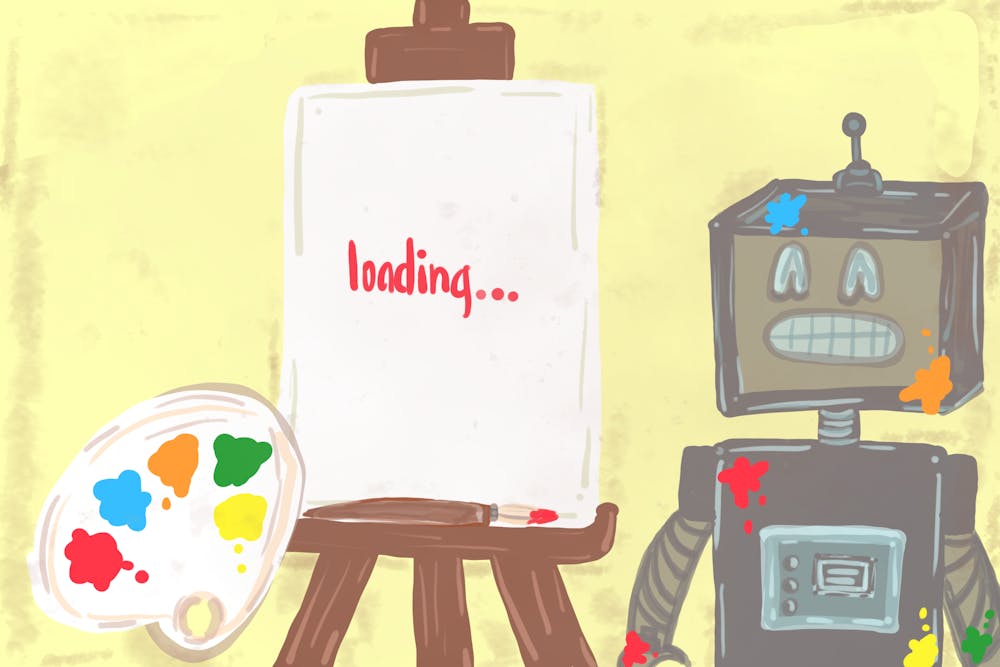Digital artist and filmmaker Sabine Gruffat's most recent collaborator is artificial intelligence.
In her animation work, Gruffat uses AI as an assistive tool. She often uses motion capture suits — which allow animators to capture movement data from sensors on human bodies — for her animations, and relies on AI to fill in gaps in the data.
Gruffat is one of a number of voices in Chapel Hill, including on campus, chiming in on debates about the role of AI in art-making. For her, AI is integral.
She started her career before widespread use of the internet, and she said her work in digital mediums has forced her to learn and adapt to new methodologies throughout the years.
“People think AI and they think text,” she said. “They usually think language models, because that’s what’s in the news. But there are so many other applications of AI — they’re already in use in these other sorts of areas that we may not even realize.”
She said before AI, motion capture animators like her would have to fix data by hand, but they can now turn to their digital assistants to make assumptions and fill in the gaps.
Gruffat is a professor of digital art at UNC, where she encourages the use of AI as a brainstorming tool for her students. She said that in her animation courses, AI can help students visualize and choose from different versions of their designs before deciding which one to pursue.
Senior art student Timothy Anderson also uses AI within his work, which often focuses on the creation of deepfakes: digitally altered depictions of a person, often of well-known figures.
“The kind of work I do is using generative AI programs to deepfake, but really to make videos,” he said. “Videos that do appear to be AI generated, but are using that for a larger purpose rather than just a still image or some weird edit of Taylor Swift or something.”




